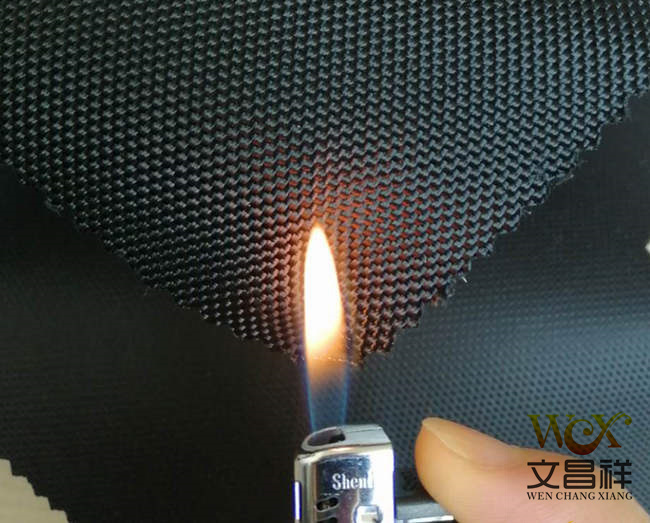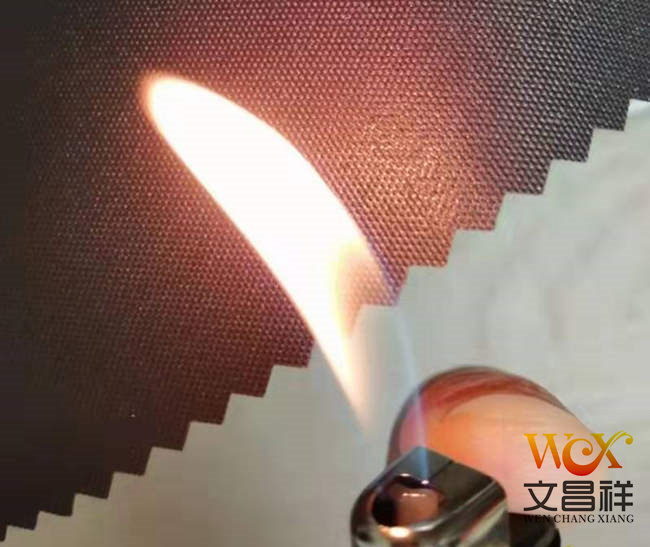Flame-retardant fabrics refer to fabrics that, even if ignited by an open flame, can automatically extinguish within 12 seconds of leaving the open flame. According to the order in which flame retardant materials are added, there are two types: pre-processed flame retardant cloth and post-processed flame retardant cloth.
Flame-retardant fabrics are flame-retardant treated using technology on dyed fabrics, or flame retardants with flame-retardant functions are modified through polymer polymerization, blending, copolymerization, composite spinning, and splicing and extrusion. Technologies such as polypropylene are added to the fiber to make the fiber flame retardant.

Flame retardant The basic principle of fiber flame retardancy is to reduce the generation of flammable gases during thermal decomposition and to hinder the basic reactions during gas phase combustion. Secondly, absorbing heat in the combustion area, diluting and isolating the air also plays a certain role in preventing combustion.
The finished product can not only effectively prevent the spread of flames, but also protect the original properties of the fabric. It can automatically extinguish or effectively slow down the spread of flames, carbonize the fabric to form an isolation layer, and is insoluble when exposed to fire. It has the characteristics of dripping and non-flammability, and has good flame retardant effect.

Oxford cloth specifications: 1680D, 1200D, 900D, 600D, 420D, 300D, 210D, 150D, etc.
Oxford cloth functional classification: flame retardant Oxford cloth, waterproof Oxford cloth, PVC Oxford cloth, pu oxford cloth, camouflage oxford cloth, fluorescent oxford cloth, printed oxford cloth, composite oxford cloth, etc.
</p







